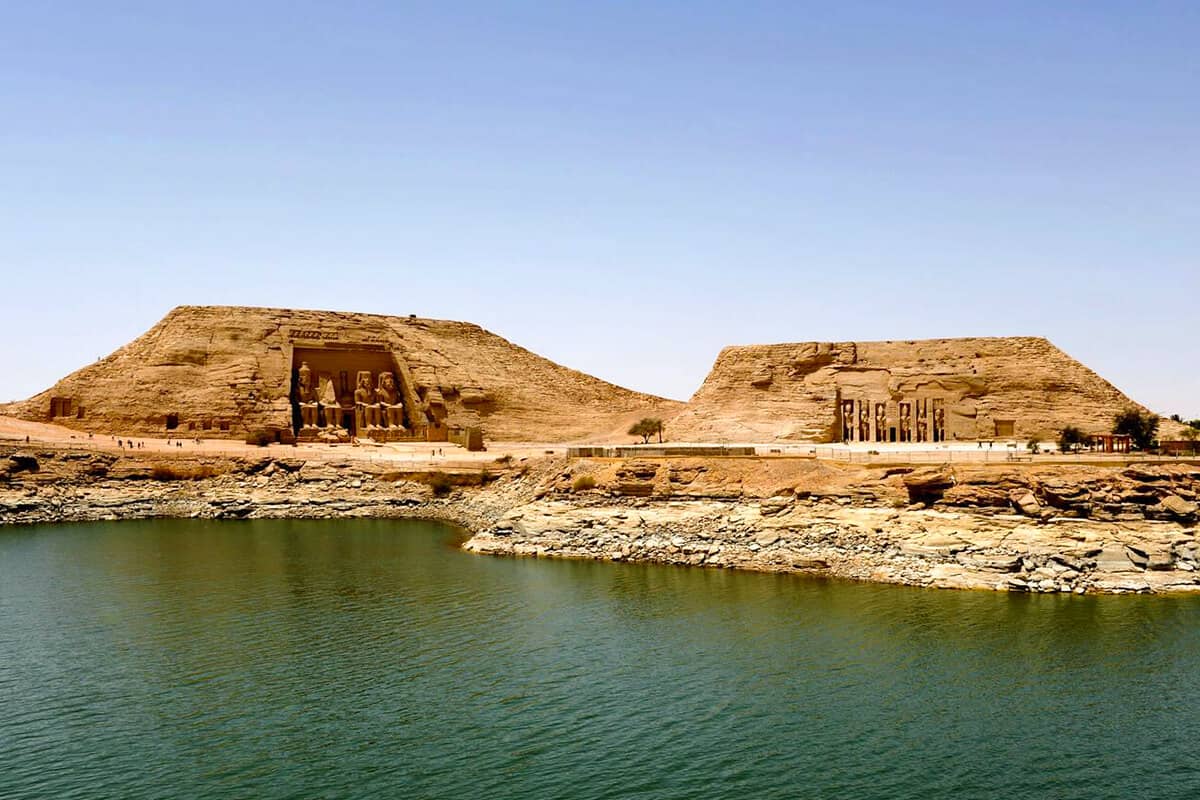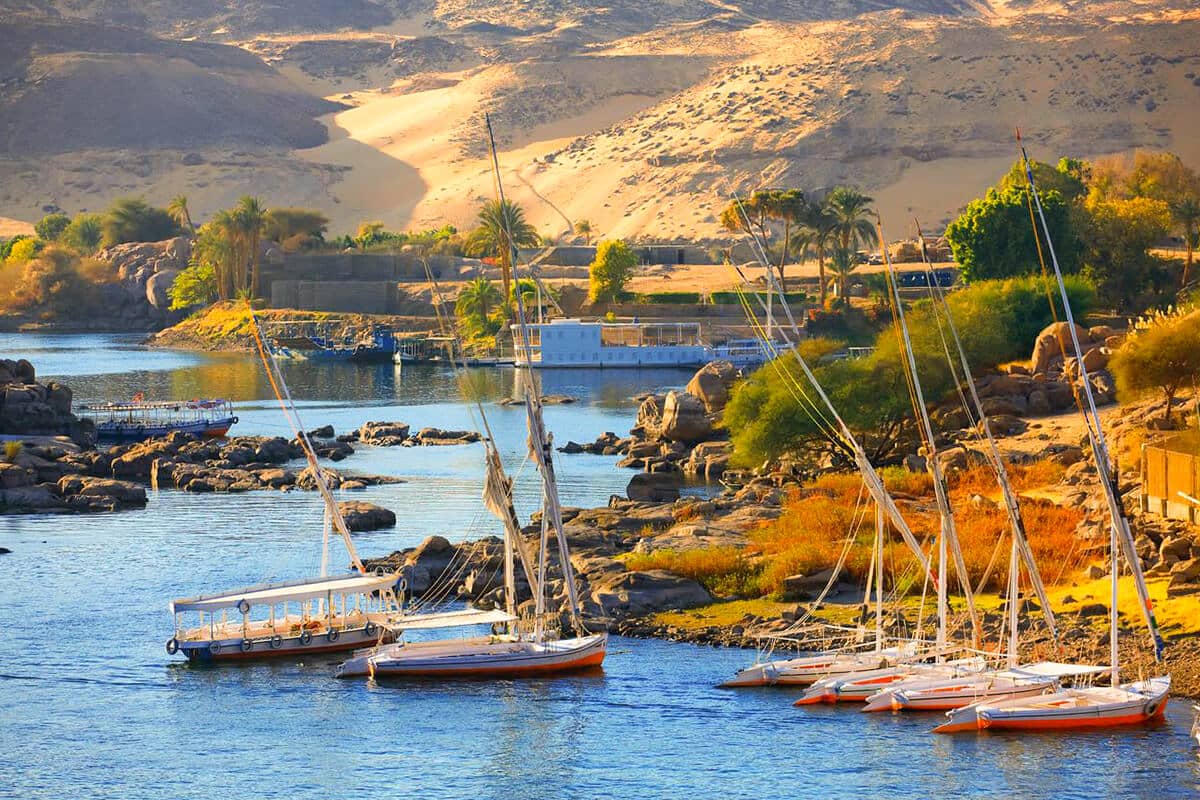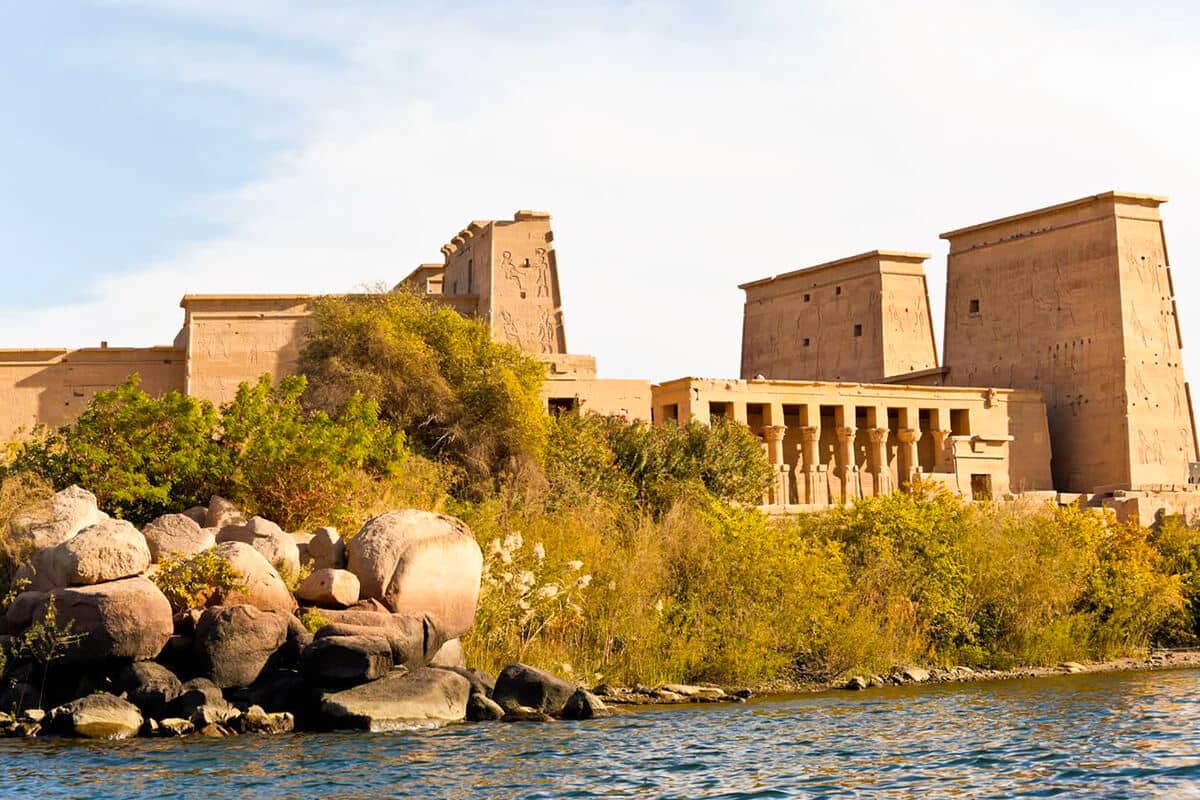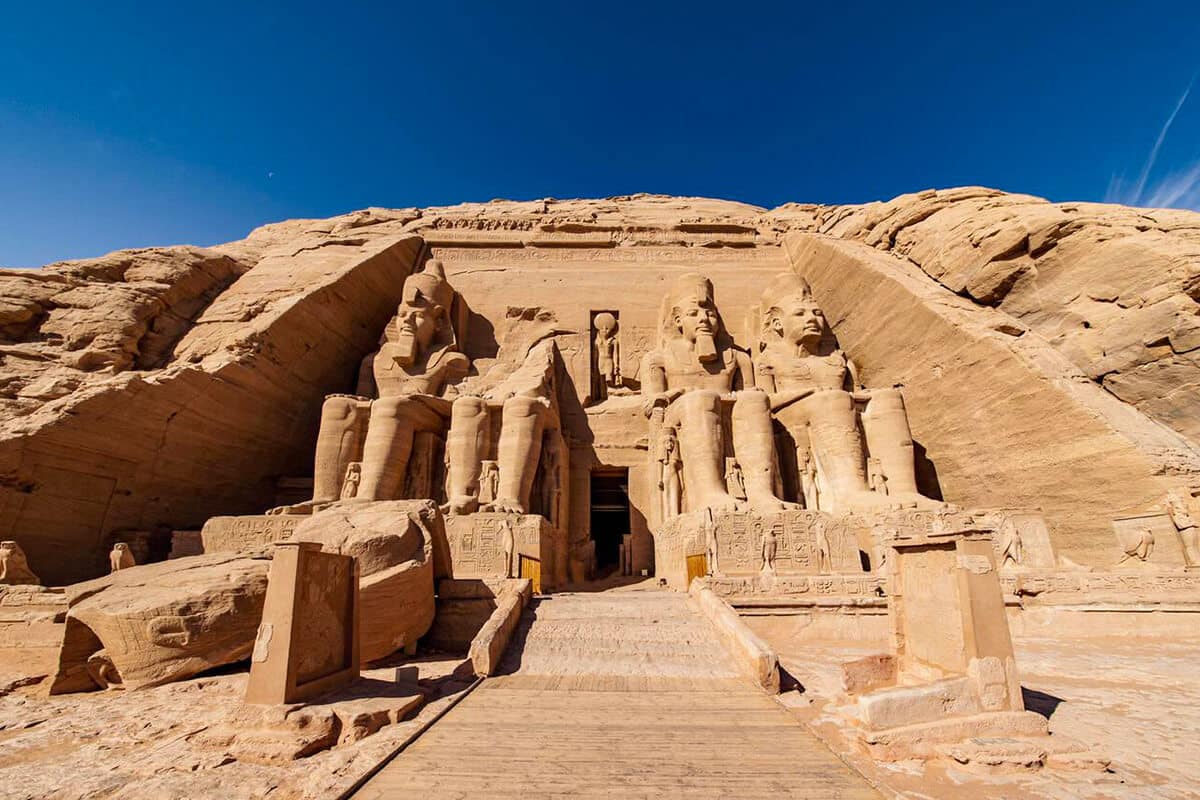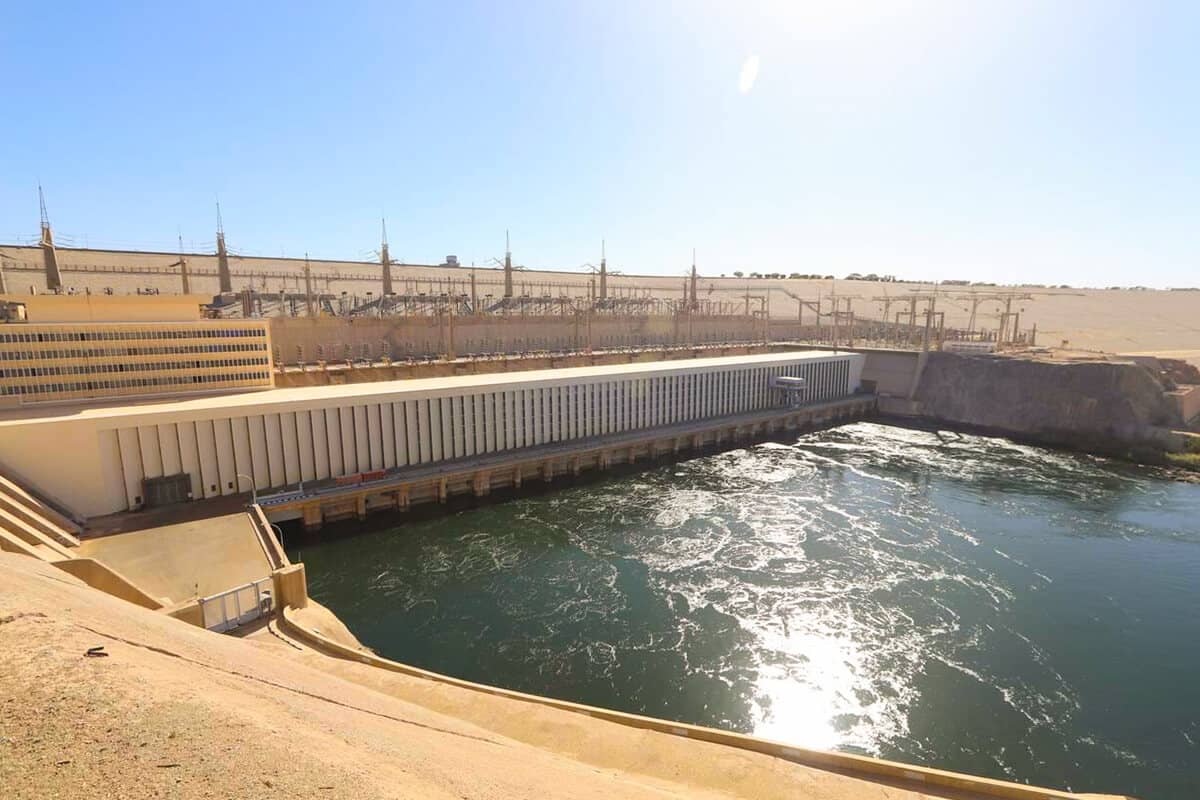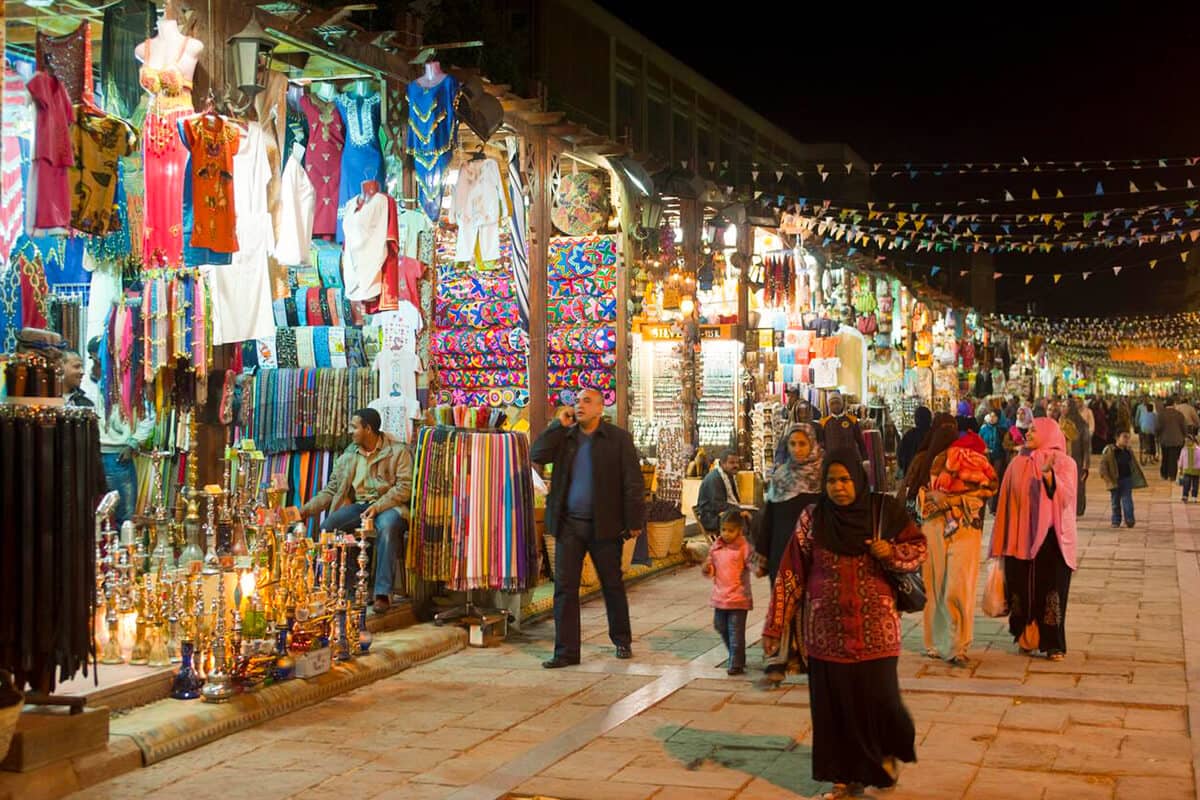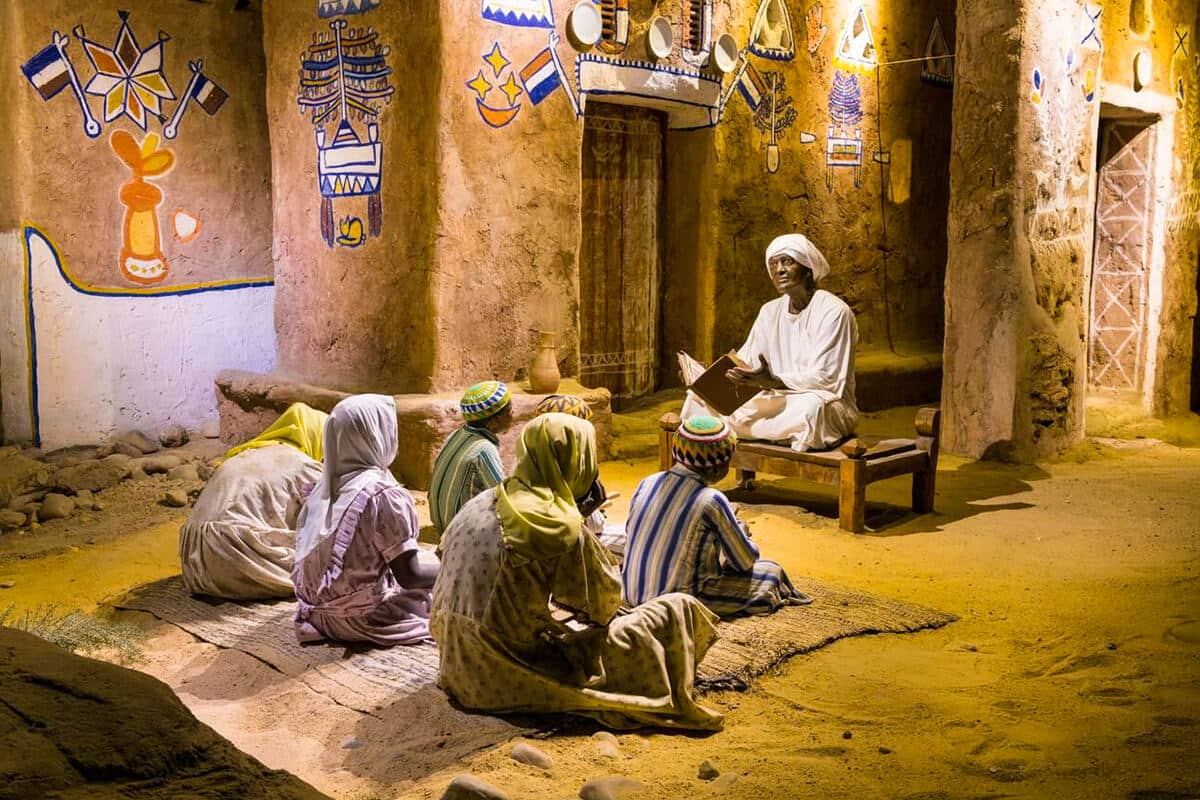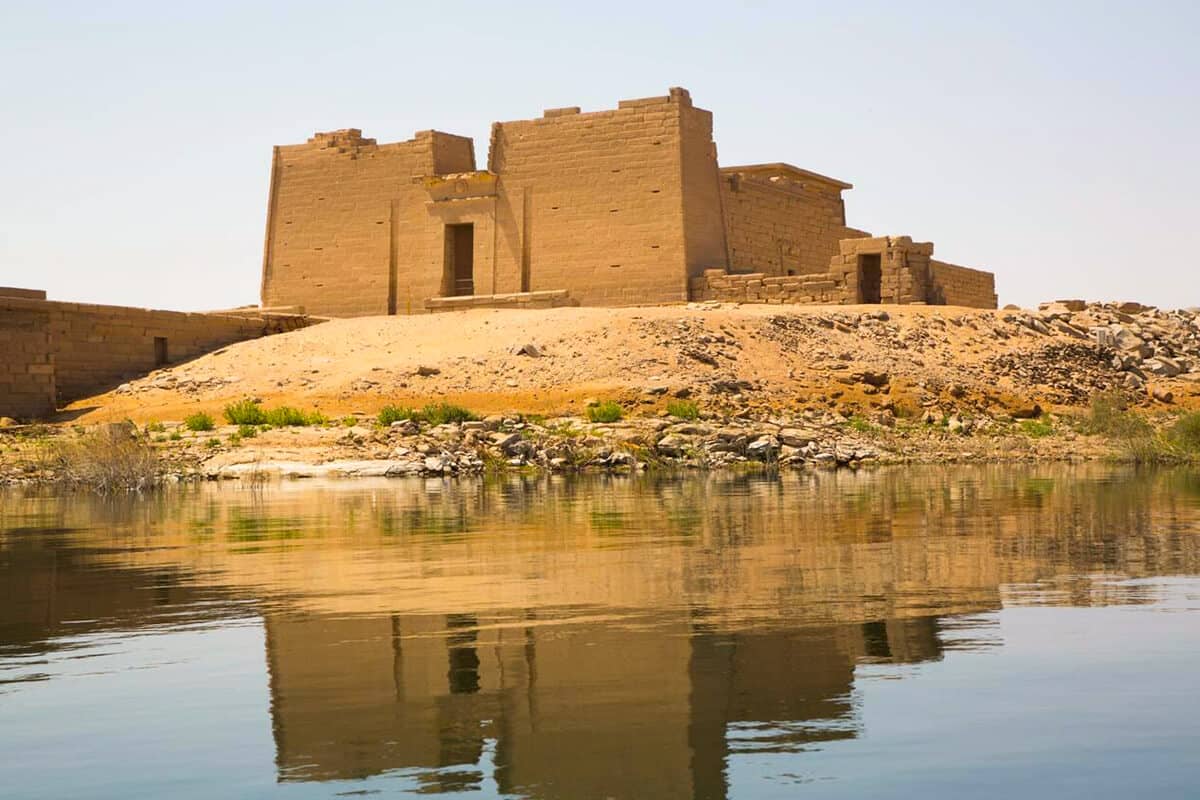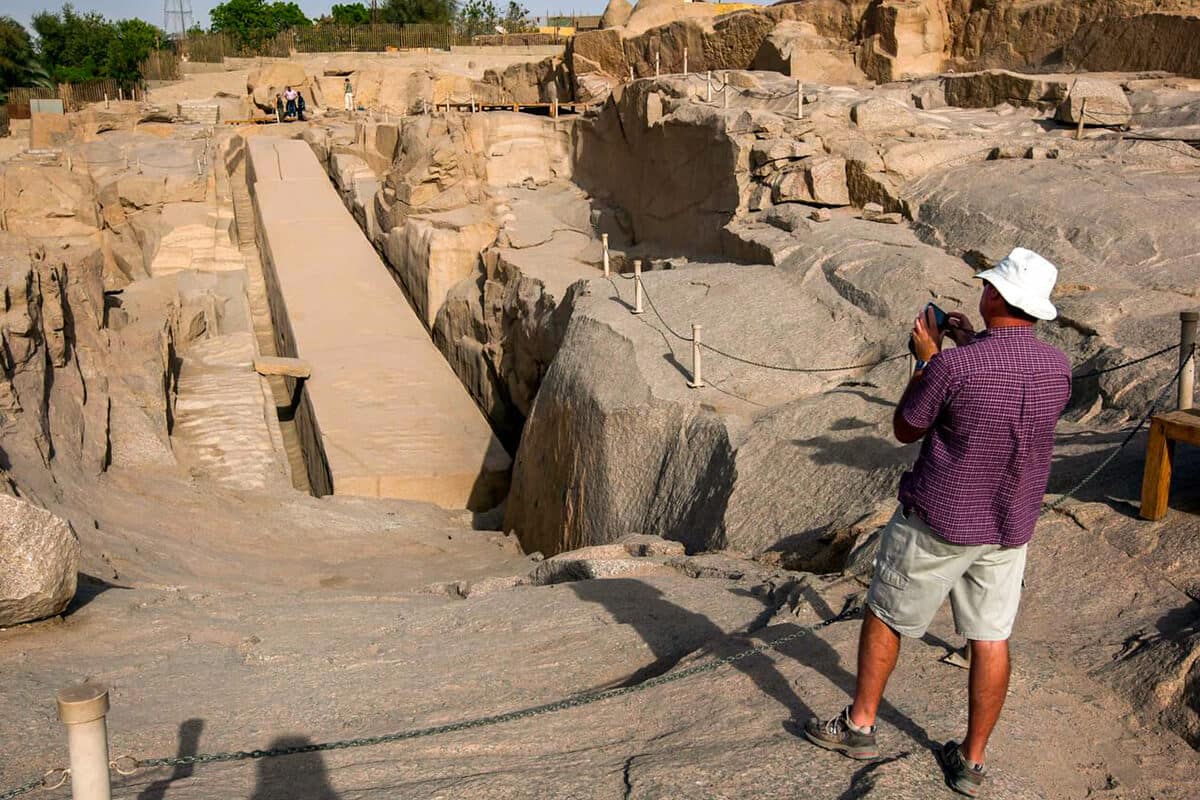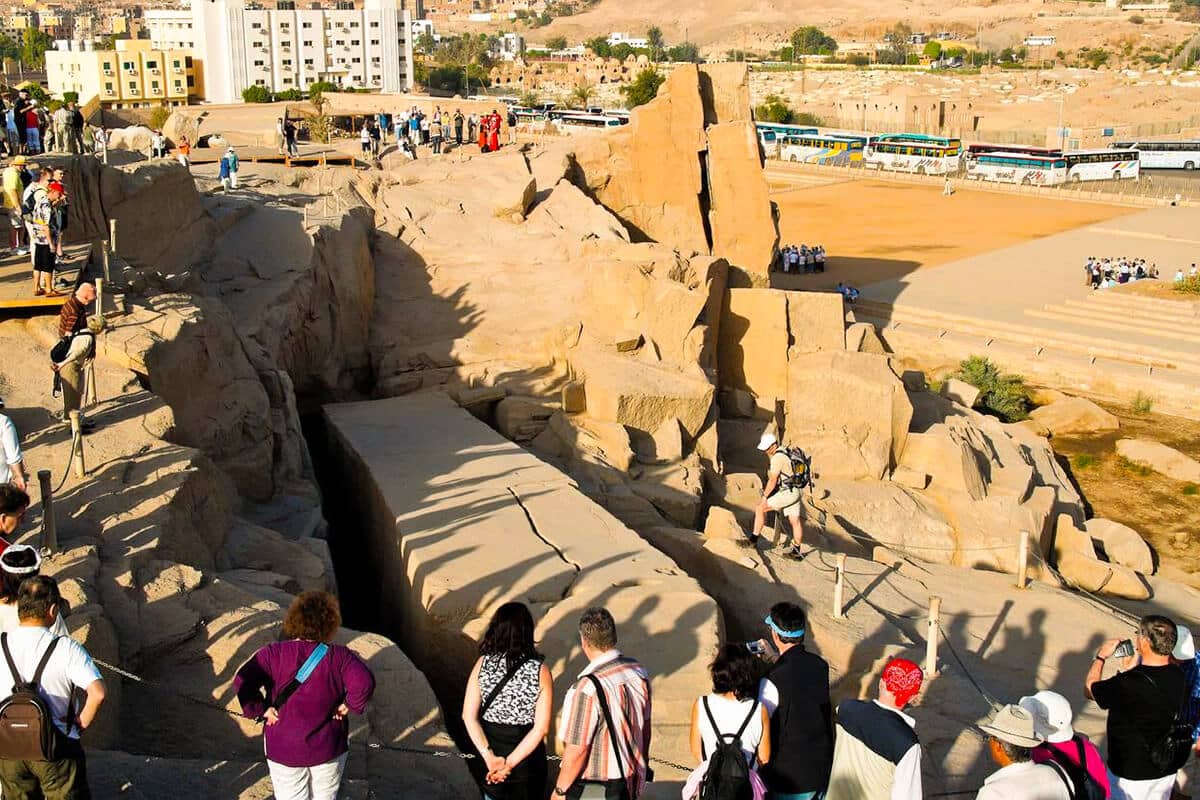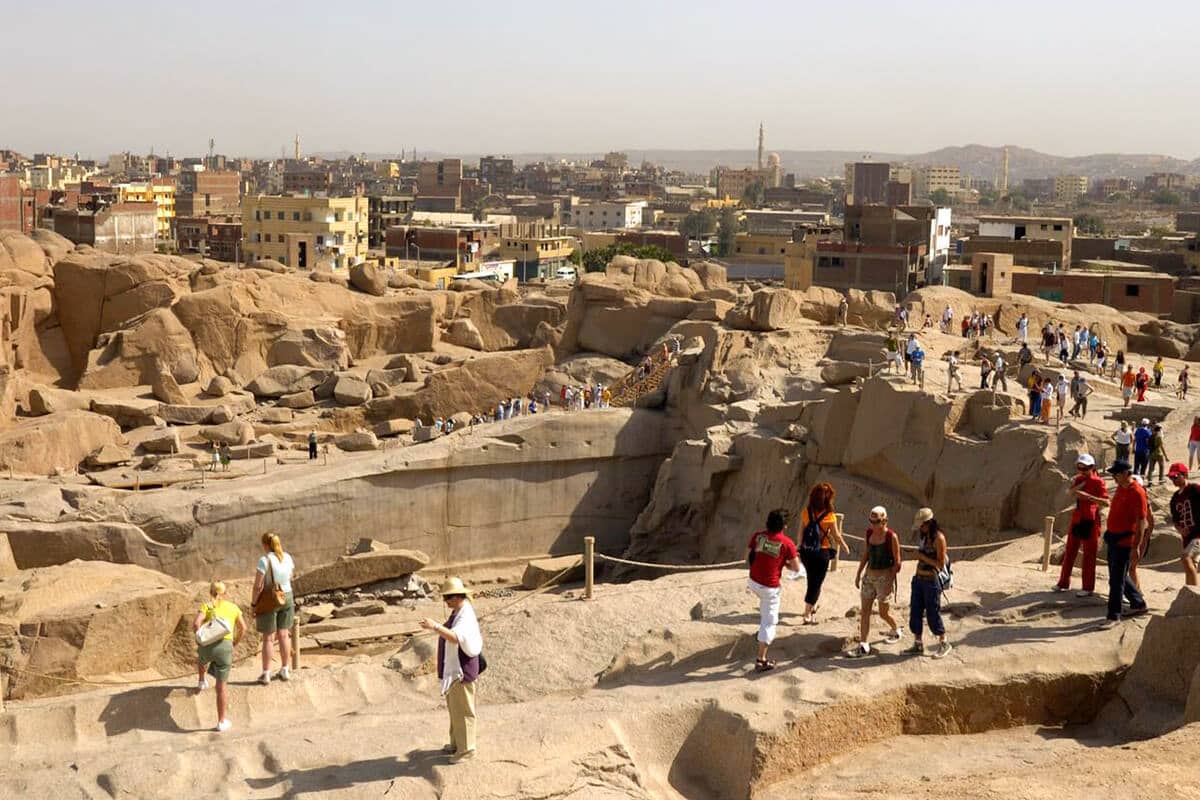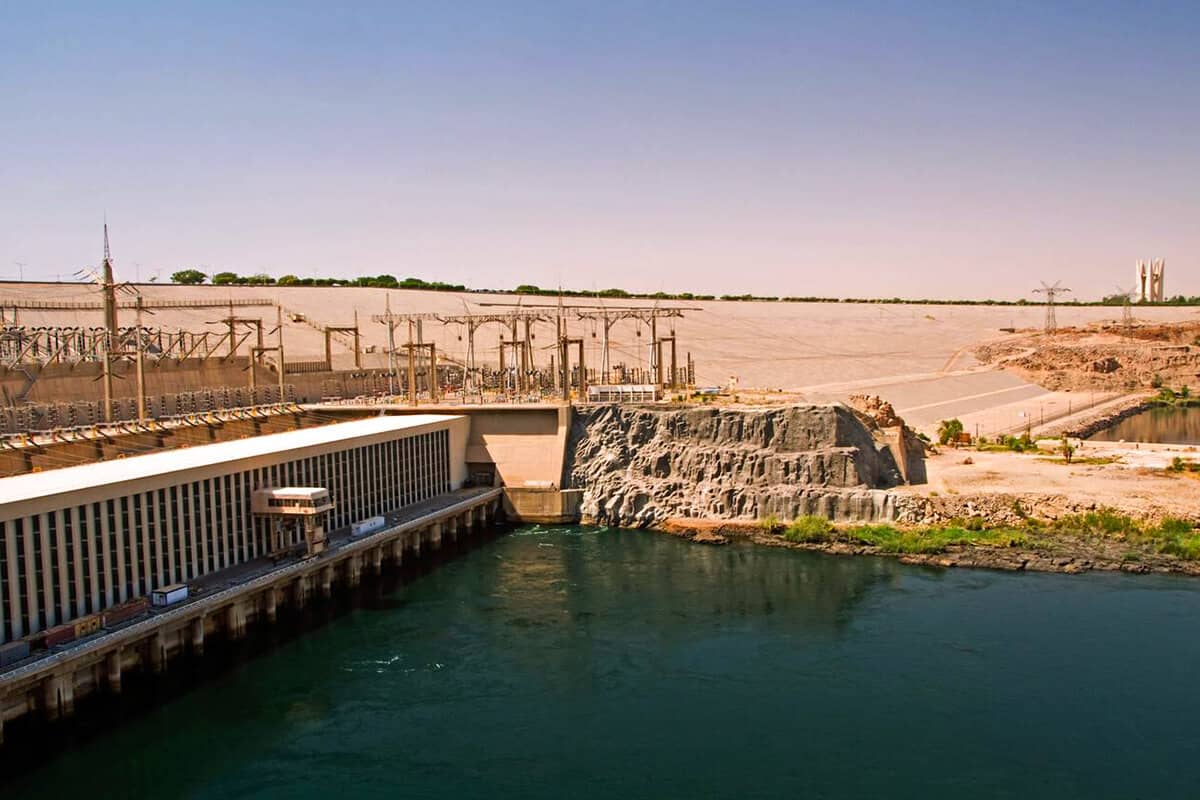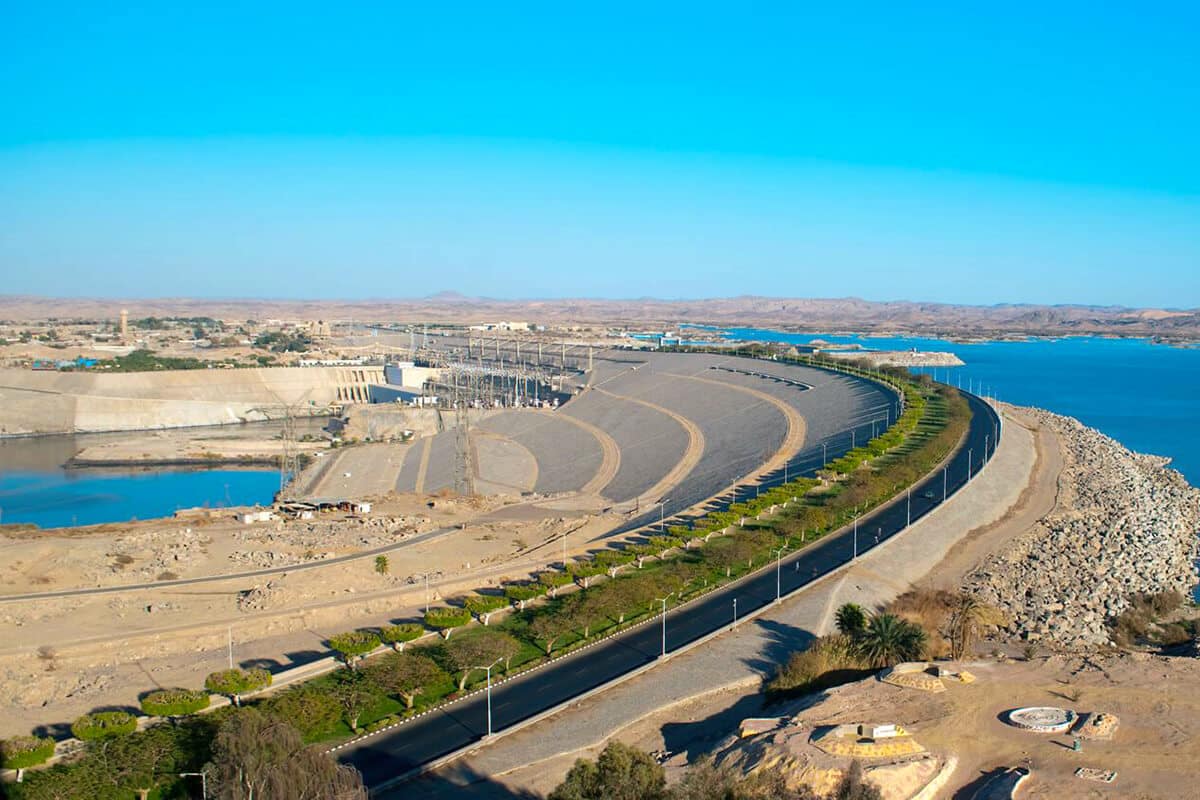The Abu Simbel Temples in Aswan Governorate is one of Egypt’s most famous archaeological temples. The importance of the Great Abu Simbel Temple
Ramses II was the most famous king of Egypt from the era of the modern state. Built the temples, known as the Great Temple of Abu Simbel for Ramses II and
The Small Temple of Abu Simbel for Nefertari is among Egypt’s most famous monuments. It is believed that Ramses II sat on the throne in his late teenage years and ruled Egypt for 67 years. This is due to its association with the phenomenon of the sun perpendicular to the face of the statue of Pharaoh Ramses II twice a year, the first corresponding on October 22 and the second on February 22 of each year. It is referred to as the Nubian Monuments and honors Ra-Horakhty or Horus, Ptah, and Amun as the three most important deities of the time. They’re on the UNESCO list of World Heritage Sites because of this.
Check out Egypt Nile River cruises if you want to cruise through the Nile River. We have Luxor and aswan nile cruises, lake Nasser nile cruises, luxury nile cruises
Where are Abu Simbel temples located?

The Abu Simbel temples are located in southern Egypt near the border of Sudan on the western bank of Lake Nasser, in the city of Aswan,
which is located on the banks of the Nile and is considered one of the cities suitable for relaxation and a center for trips because it has many temples
and a series of slopes that overlook the Nile. The first waterfall on the Nile and its completion of the High Dam helped enhance interest in it.
Relocation of the Abu Simbel Temples
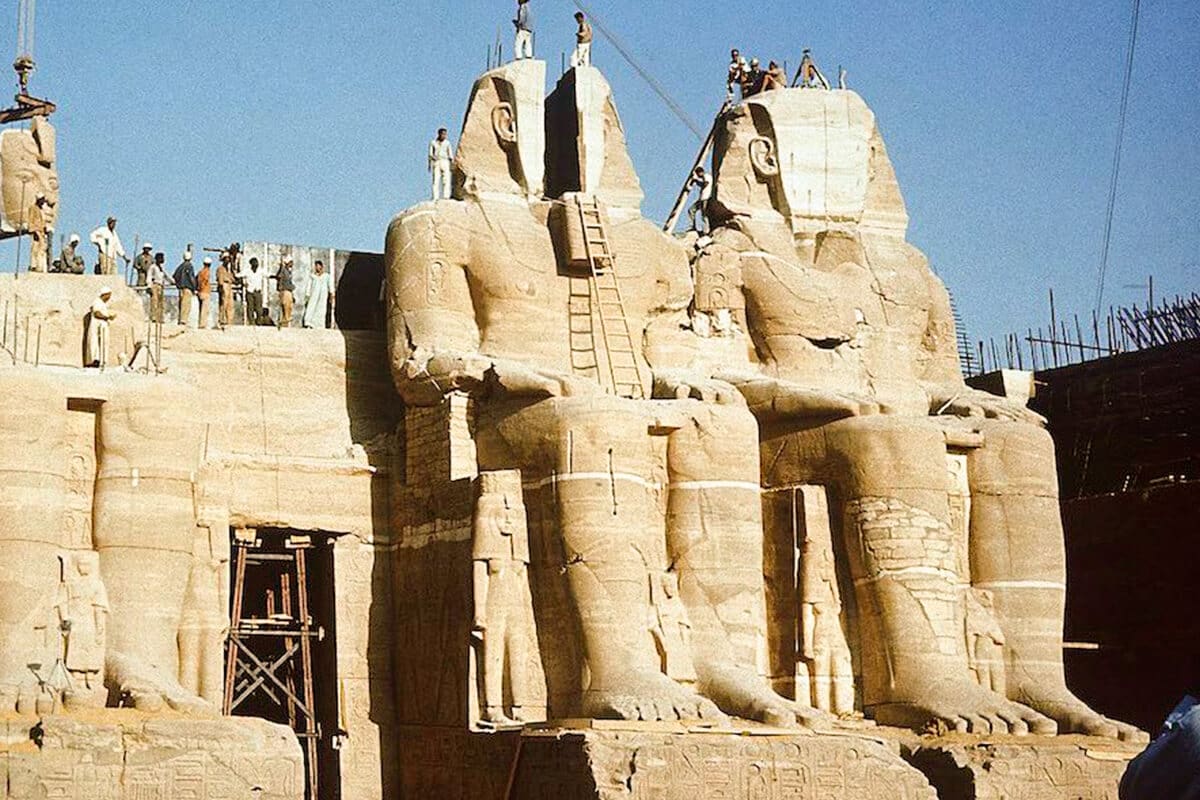
Did you know the dam’s construction was one reason for moving the Abu Simbel temple?
Abu Simbel temples were relocated due to the fear of flooding from Lake Nasser due to the construction of the High Dam in the Aswan area, yet despite this; it remains one of the top tourist attractions. When the temples became unusable, they were covered in sand until they were rediscovered in 1817 AD. Still, soon work was done to move this temple in 1967 AD to save it from floods, as work was done to reassemble the statue after it was moved, except that the large structure collapsed as a result of an earthquake, which led to its abandonment; Because the face is missing.
The Abu Simbel temples were salvaged in 1964 AD by an international team of archaeologists, engineers, and heavy equipment operators, costing around $40 million US dollars. The site was carefully cut into large blocks weighing about 30 tonnes, then dismantled and lifted before being reassembled in a new location at 65 and 200 meters from the river.
One of the most challenging tasks was transporting the Abu Simbel temples. The difficulties of archaeological engineering
and work have been made to save some of the structures submerged in the waters of Lake Nasser, which has led to an increase in the number of tourists who visit it, as there are many buses and cars assigned to them. They can also be reached by plane, as an airport was built specifically for them. Towards the temple.
The Great Temple in Abu Simbel temples
The Great Temple in Abu Simbel took around twenty years to construct. It was devoted to the gods Amun, Ra-Horakhty, and Ptah, as well as to the Great King Ramesses himself.
It was also known as the Temple of Ramses II. It is often regarded as the greatest and most elegant of the temples built during Ramesses II’s reign and one of the most beautiful in Egypt.
The Great Temple’s entrance has flanked the front by four monumental sculptures, each 20 meters high and depicting Ramesses II seated on a throne. The main temple’s façade is adorned with hieroglyphs commemorating Ramses II’s tremendous victory in the Battle of Kades.
Once you enter the colossal temple, you will see several chambers dedicated to Ramses and significant members of his family. Except for two days a year, the final room, the sanctum sanctorum, is permanently dark. This was not done by chance; it took a thorough understanding of physics, mathematics, architecture, and astronomy to produce this result.
The small temple in Abu Simbel temples
The Small Temple, the second temple, is built for Hathor. Though substantially smaller than the first, it was constructed to memorialize Ramses’ favorite wife, Nefertari.
The queen emerges on a level playing field with the pharaoh. The Temple of Hathor and Nefertari can be another name for it.
The temple’s rock-cut façade is adorned with two groups of colossi separated by a wide entrance.
The phenomenon of the sun’s perpendicularity in Abu Simbel
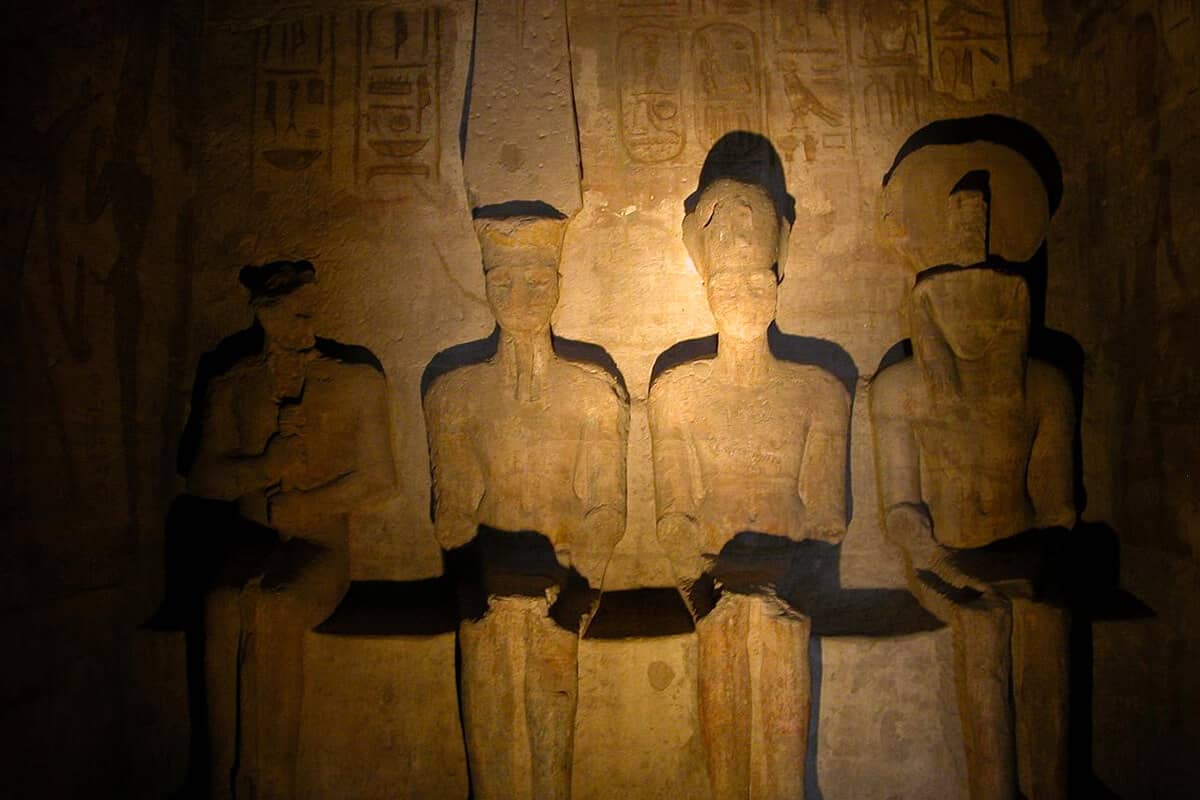
The Abu Simbel Sun Festival is conducted every year on February 22 and October 22. Thousands of people assemble early in the morning
See this tribute to the ancient Egyptians’ wisdom and ability to arrange the temple perfectly.
People gather at Abu Simbel’s temples twice yearly to commemorate the ancient Egyptians and all they accomplished.
The temple’s central chamber is lighted by the sun during the Festival of the Sun.
The Holy of Holies is a pedestal with a statue of King Ramses II seated next to it and statues of the deity Ra Hor, his sister, and the god Amun.
As well as a fourth statue of the gods Ptah
The sun’s perpendicular phenomena last 20 minutes and may last up to 25 minutes on that particular day.
The sun’s perpendicularity holds two descriptions: the first is that the ancient Egyptians created the temple based on the movement of the ark to identify the start of the agricultural season
and its fertilization, and the second is to begin the harvest season.
The miracle remains that the days of the sun’s perpendicular days are chosen and deliberately determined before the sculpting process,
which entails a perfect understanding of the origins of astronomy and many calculations to determine the angle of deviation of the temple’s axis from the east,
in addition to the architectural miracle, the axis is straight for a distance of more than sixty meters, especially given that the temple is carved in rock.
Don’t miss to check out our Egypt Vacation Packages to book your trip to Egypt with up to 10% Off.

